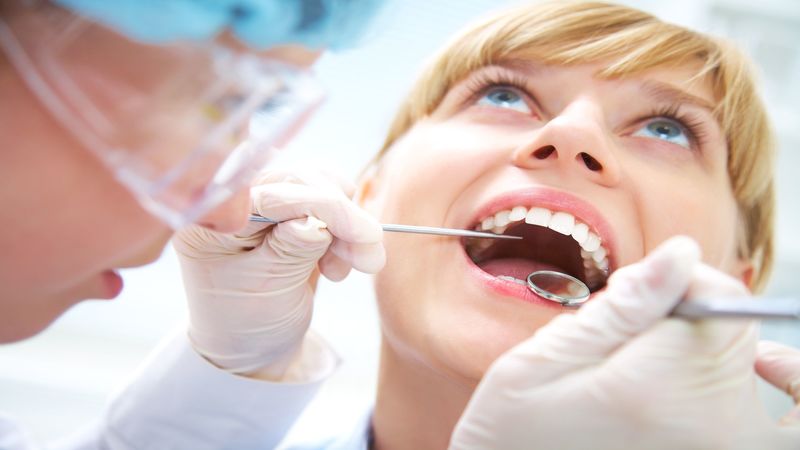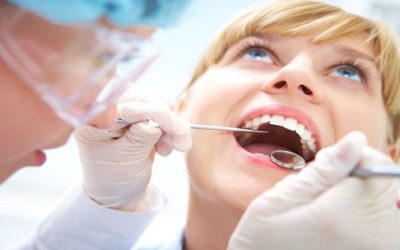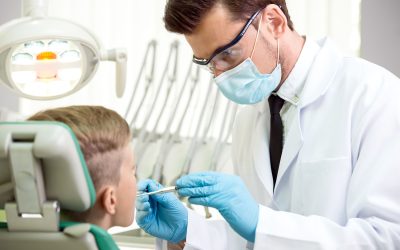Many people are surprised when they find out that some dentists provide injections of Botox in Ocala. Dentists increasingly do this for two main reasons. The first is therapeutic, as a treatment for bruxism and the pain of temporomandibular joint (TMJ) disorder. The second is cosmetic, as a person might receive at a dermatologist’s or plastic surgeon’s clinic. As long as the dentist keeps the substance available for treating a painful facial condition, it makes sense to offer it for cosmetic enhancement too.
TMJ Pain Relief
Botox is not a pain relief medication, but it still can provide relief for patients suffering from chronic TMJ symptoms. It essentially freezes the muscles in the place where the substance is injected. That prevents the muscle spasms associated with TMJ disorder. When severe spasms occur, pain can radiate from the jaw to the ears and around the head, as well as down to the neck and shoulders.
Relieving Bruxism Symptoms
Bruxism is the medical term for chronic teeth grinding that can damage teeth over time. Because patients tend to unintentionally grind teeth in their sleep, the problem is very difficult to treat. Mouth guards usually are not successful because the patient usually removes the device sometime during the night without even remembering doing so. Botox, however, has been found to dramatically reduce habitual and unintended teeth grinding behavior.
Cosmetic Purposes
For cosmetic purposes, Botox in Ocala most commonly is administered to the forehead. This minimizes fine lines and wrinkles on this part of the face. It’s a minimally invasive procedure that does not involve surgery, making it appealing to people who want to rejuvenate their appearance but don’t want to go under the knife for an elective medical procedure.
Additional Information
The effects of Botox shots provided at a clinic such as Exceptional Dentistry should last at least three months, although this varies with each individual patient. There is virtually no downtime after the injections are administered. Patients can return to work the same day and are allowed to drive because there is no need for sedation. They are generally advised to avoid strenuous exercise for the first day or so.


